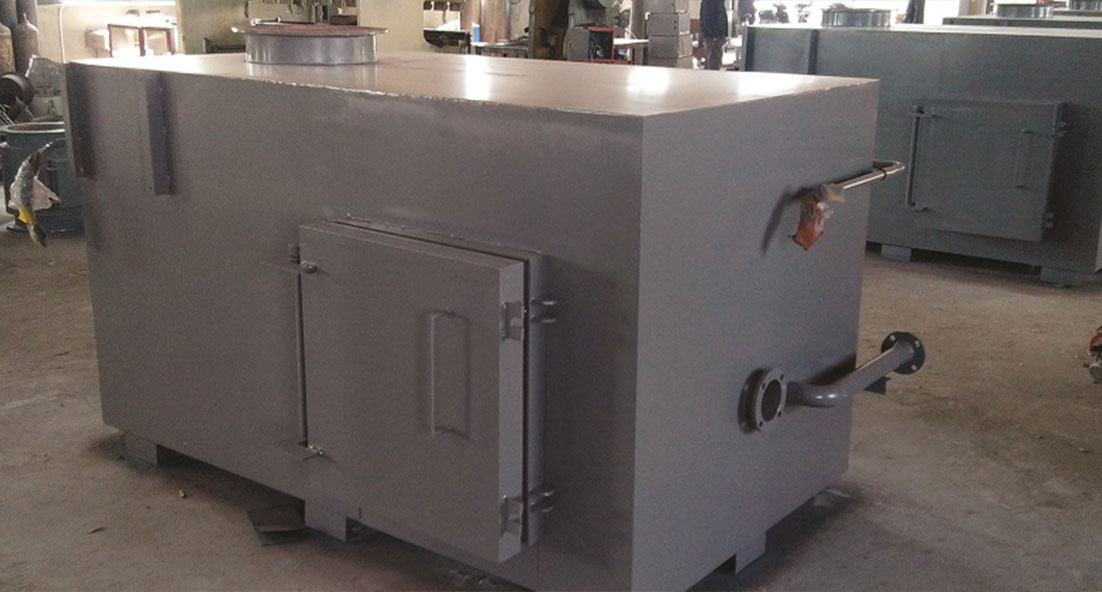
GENERAL INFORMATION
There are in fact many combinations of metals which in turn produce many different grades of aluminium. There are obviously many uses for alloys particularly as they are very lightweight with many different types being used in the marine and aviation industries.
Although aluminium will not rust or discolour like iron or steel, it will however oxidize on the surface. Whilst this film is almost invisible it will prevent a good adhesion of any coating to the metal itself and will need to be removed.
Aluminium can also suffer corrosion from chemical attacks by both acids and alkalis. Should this metal be in the vicinity of such chemicals, it is strongly advised to apply a chemical-resistant coating. Polycote Hyglaze Bund Coat or Polycote Colormet are just two examples of coatings from the Polycote range. We do of course numerous coatings, the best options obviously being dependent upon the chemical resistance required.
It is important to note that many products manufactured from aluminium have their surfaces pretreated to help prevent oxidization and/or corrosion. The good news is that these pretreatments rarely cause any issues with the application of a specific paint and in fact, mostly they actually improve the adhesion of any subsequent coating.
Finally, whilst our How To guides are extremely informative, they are not guaranteed and the responsibility is on the user to ensure with the relevant manufacturer as to the need for any such preparation method and type of coating advised.
NEW SURFACES
Aluminium is mostly regarded as a relatively easy surface to paint although light abrasion is always advised. Equally, ensure the surface is clean and dry and any oil or grease can be cleaned with Polycote Degrease IT. Allow to completely dry before painting.
Should there be any presence of oxidization, this should be removed with a solvent wash, prior to the application of any paint system.
How To Prepare Aluminium Surfaces Prior To Painting
PREVIOUSLY PAINTED SURFACES
Should the surface that is to be painted already have an existing coat on it, the performance of any new coating is going to be directly dependent upon the adhesion of the existing coating. If the existing coating is still well adhered and being recoated for aesthetic purposes for instance, then one simply has to ensure the coating is cleaned and keyed sufficiently to ensure intercoat adhesion.
If however, the existing coat is flaking and/or peeling, it is strongly advised to remove the existing coating completely and have a ‘fresh start’.
